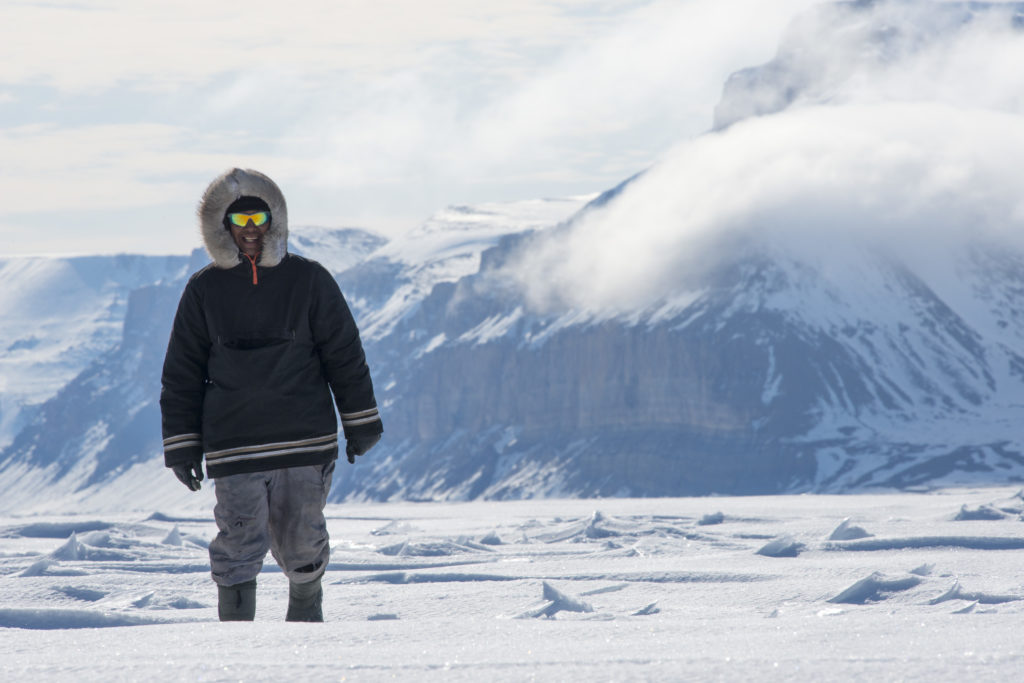This week was Nunavut Day and we’re so excited to celebrate this incredible place! On April 1, 1999, Canada’s map was redrawn to include a new territory, Nunavut, a homeland for the Inuit.
The Northwest Territories was divided into two, the East which had an 85% Inuit population would become Nunavut, and the west which holds a largely First Nations rather than Inuit population would remain the Northwest Territories.
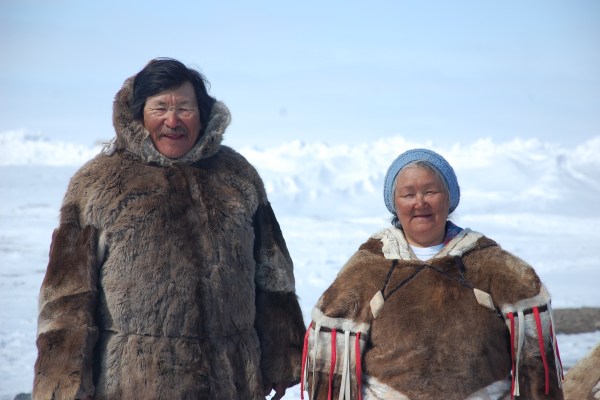
Rather than becoming an independently governed territory like many reservations, the Inuit of Nunavut decided to organize themselves and ran for more elected positions and they become the primary governing demographic involved in the government of Nunavut within the Canadian government.
It’s been 20 years since Nunavut was officially born, now join us as we get to know Canada’s newest territory.

It’s Big!
Nunavut is the largest Canadian province/territory with a total area of 2,093,190 sq. km (almost 1 million sq. miles) and it encompasses 1/5th of Canada. Now, if it were a country it would be the 15th largest in the world. While most of Northwest Territories is actually below the tree line, Nunavut is primarily in the Arctic, with over 65% of the area above the Arctic Circle.
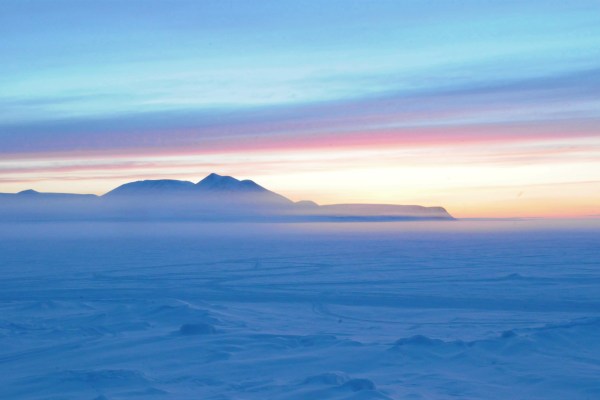
In the Inuit language of Inuktitut, “Nunavut” means “our land.” The word “Inuit” refers to the people making the phrase “Inuit people” redundant. And the word “Inuk” refers to a person. They are believed to be the descendants of the ancient Thule peoples who were actually relatively late and were possibly one of the last peoples to cross the ice bridge formed during the Ice Age over the Bering Straits.
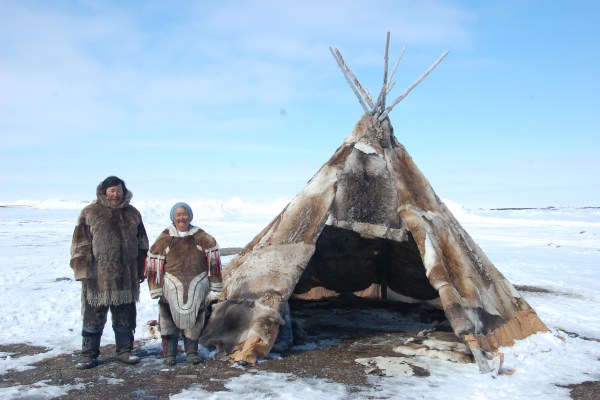
Thanks to the beautiful landscapes and iconic animals tourism is a growing industry and popular with travellers looking for hiking, camping, fishing, and wildlife tours. The most sought after animals that live in Nunavut are polar bears, whales, arctic fox, seals, muskoxen, caribou and a wide array of birds and fish.
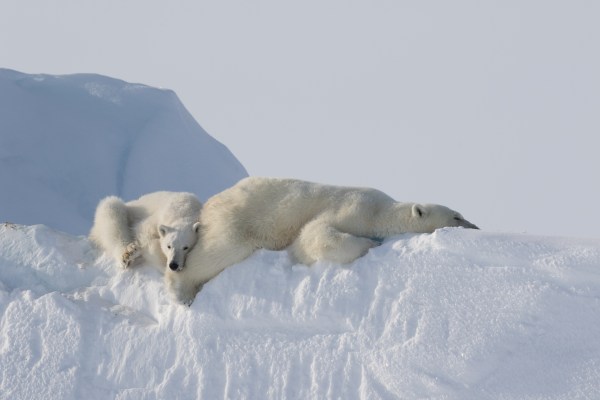
Nunavut’s territorial flower is the purple saxifrage, their animal is the Canadian Inuit Dog and bird is the Rock Ptarmigan.
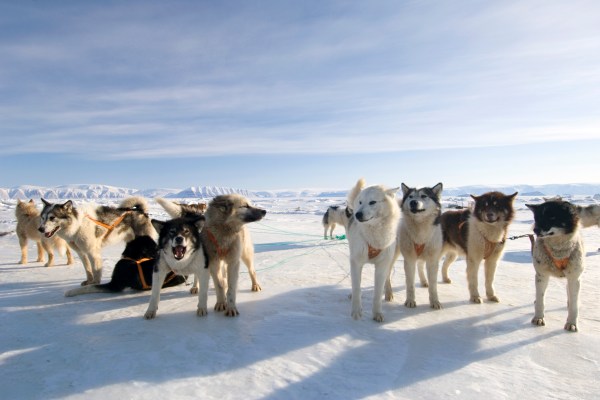
The Capital: Iqaluit
Iqaluit, meaning “place of fish,” is Nunavut’s capital, it’s the largest community, and the only one with the population size to be considered a “city”. It’s almost ironic that the largest province/territory by landmass has the smallest population of a capital city in the country.
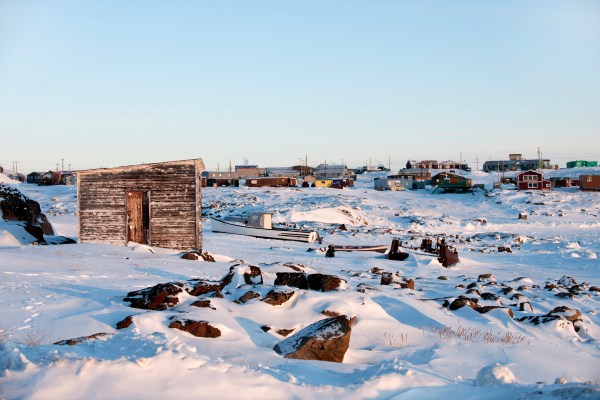
The average temperature in the capital city of Iqaluit in mid July is 15oC (60oF) and in January it is -30oC (-22oF). It was the last province/territory to get a Tim Horton’s, an icon Canadian coffee chain, becoming their northernmost location.
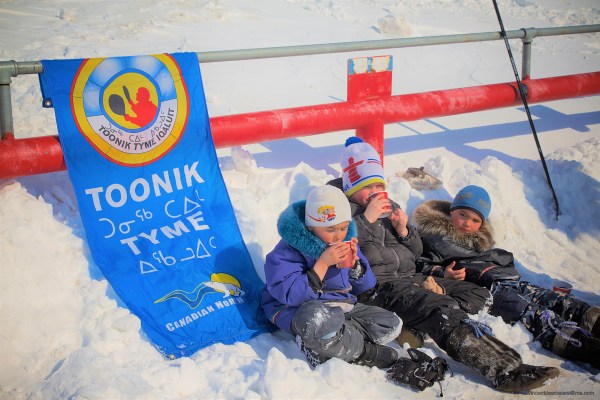
This city is remarkable! Each year it hosts it’s Toonik Tyme Festival that celebrates the coming of the spring, which brings longer days, and the return of migrating animals. This festival represents the movement of people at this time and emphasizes it’s welcoming nature to all guests. Enjoy food and cultural banquets, dog sled and snowmobile races!
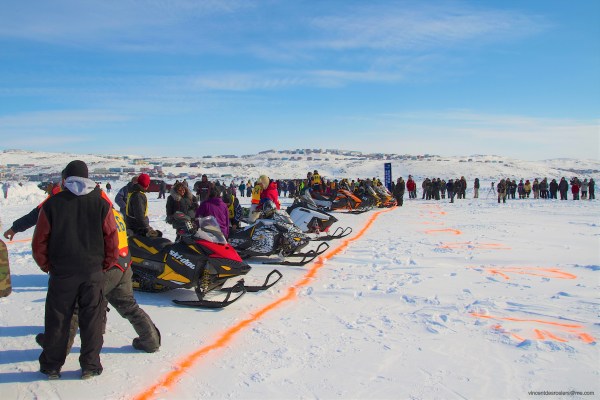
Iqaluit is also home to remarkable artists and musicians. Aakuluk Music is Nunavut’s first record label and started by the Juno Award-nominated band, The Jerry Cans. This incredible band primarily sings in Inuktitut and their music combines traditional Inuit throat singing with folk and country genres to create a sound and lyrics that “reflect the challenges and beauty of life in the Far North.”
https://www.youtube.com/watch?v=IGU1GafKKH8
Forming a New Territory
Until 1921 there hadn’t been any federal representation or governing council in much of the north. That year an Ottawa-based council was appointed to begin actively governing the region and started a program of sending annual ship patrols that brought supplies and services to coastal communities.
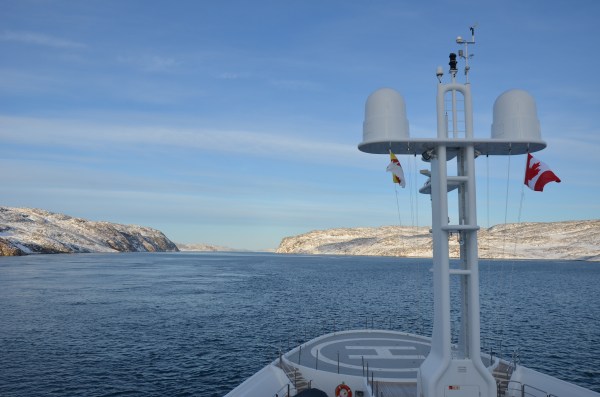
The problem was that at this time the Northwest Territories made up 1/3 of Canada’s area and the government was initiating northern policies without consulting the Inuit. So by the 1950s the Inuit decided they had to become more politically active. They ran for local government and the jobs in administrative organizations like town councils.
Community organizers like Abraham Okpik led programs like the Project Surname to replace the identification numbers the government gave the Inuit, with their surnames and he would be the first Inuk to sit on the Legislative Assembly of the Northwest Territories. In 1950 the Inuit became eligible to vote in federal elections and in 1966 the first Inuk, Simonie Michael, was elected to the Northwest Territories Council. And in 1967 the territorial government moved from Ottawa to Yellowknife.
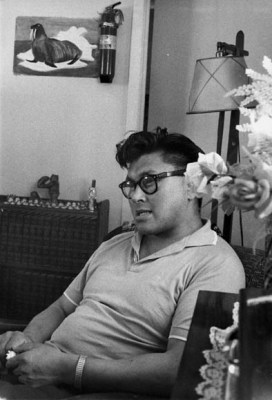
Photo: Abe Okpik (thecanadianencyclopedia.ca)
Successes like these led to the forming of the Inuit Tapirisat of Canada. The organization became involved in preparing the first Inuit land claim. The proposal called for a land claim and the creation of a new territory, administered by a new government democratically elected still within the Canadian government. In this territory, the Inuit would have political representation through sheer numbers of voters.
The concept of Nunavut was growing thanks to the Inuit organizations leading the negotiations and in 1979, the Northwest Territories was divided into two federal electoral districts. The first member elected to this district was Peter Ittinuar who became the first Inuk to sit in the House of Commons.
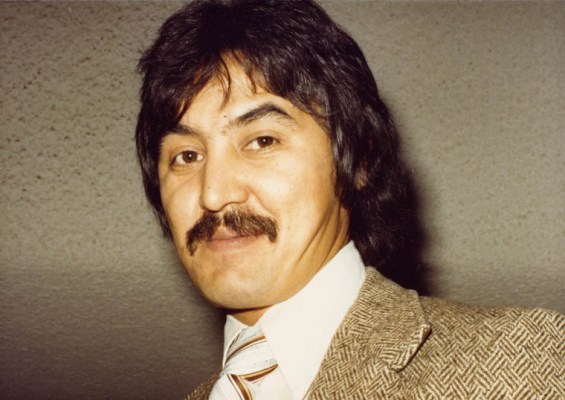
Photo: Peter Ittinuar (thecanadianencyclopedia.ca)
By 1993 the Nunavut Land Claims Agreement passed becoming the largest Indigenous land-claims settlement in Canadian history, and the Nunavut Act, which created the new territory. Over the next couple of years, the Inuit organizations that led the way through the negotiations supported the forming of new government departments and led the training of civil servant employees. In February the first elections were held in Nunavut and Paul Okalik was the territories first premier. And in April 1999, Nunavut was officially separated from the Northwest Territories becoming the newest Canadian territory/province since Newfoundland and Labrador.
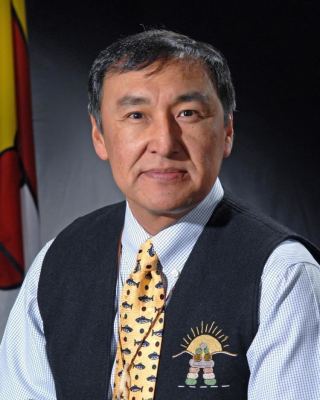
Photo: Paul Okalik (https://alchetron.com/Paul-Okalik)
Through political activism and long-term negotiations, the Inuit were able to gain control of their representation. Nunavut is more than the redrawing of the map, it is one of the most significant political stories as Canada grows.
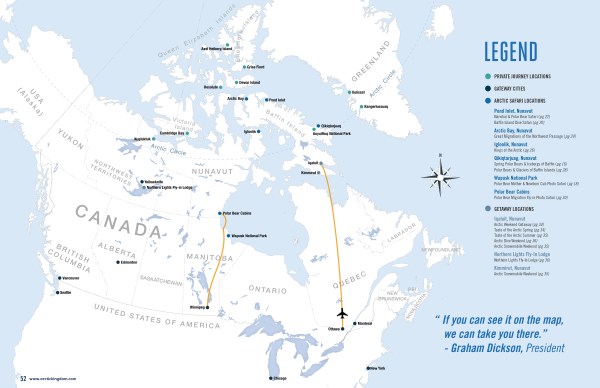
And after 20 years we look back on the formation of Nunavut and the people that made it possible. We at Arctic Kingdom depend on the expert knowledge and experience of our Inuit partners. By hiring guides from the communities we work with it allows us to support local economies and organizations. Our work with Travel Nunavut and Destinations Nunavut continues to grow Nunavut’s tourism industry as a truly fantastic travel destination based on Inuit interests.
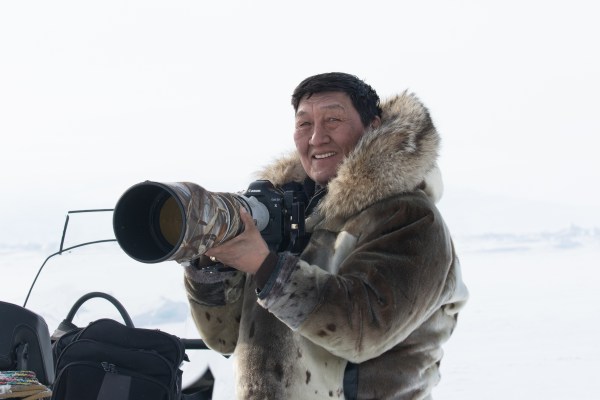
After 20 years of working in Nunavut, we welcome you to join us in exploring the beautiful land, the remarkable wildlife and the amazing people that make Nunavut so special.
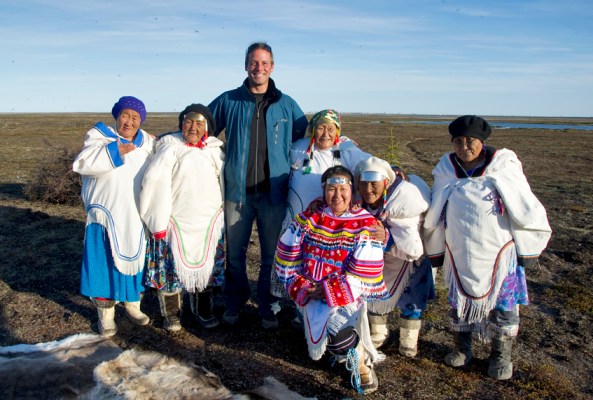
Experience The Arctic On A Safari
Get chances to view elusive Arctic wildlife and experience the majesty of the Arctic on safaris year around. View all Arctic Safaris here.
Ready for adventure? Contact our Arctic Travel Advisors to book.
Are you still curious about the many wonders of the Arctic or looking for more interesting content then explore more blogs here!
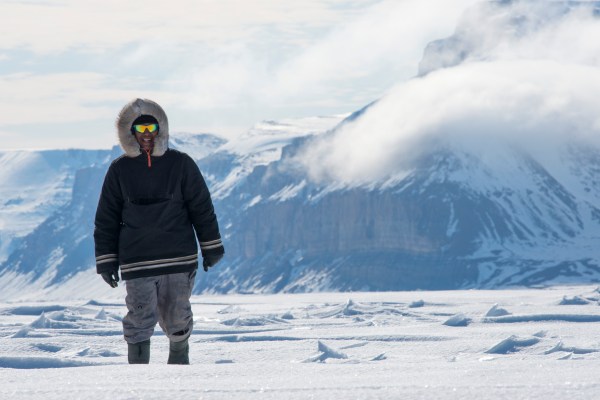
By: Mat Whitelaw



